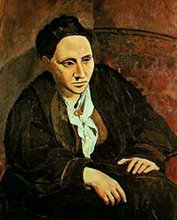Okay, so I got an link to this article in my e-mail today: “Tricksters and the Marketing of Breakfast Cereals.” Given our cereal serial poem project (or is that serial cereal poem project?) I thought I’d send you guys the link. But what’s a link without a little taste of the sweet frosty coating covering the wholesome flaky goodness of cultural critique? Nothing, I sez. So here’s the first paragraph of the article:
BREAKFAST CEREALS ARE SOLD BY TRICKSTERS. FROM LUCKY THE Leprechaun to the Cookie Crook to the mischievous live- action squirrels who vend General Mills Honey Nut Clusters, an astounding number of Saturday morning television commercials feature 30-second dramatizations of trickster tales that are designed to promote breakfast cereals. True, breakfast cereals are not the only products sold by tricksters, and not all cereals are sold by tricksters— especially in the last decade. But the association is common enough to persist as an unexamined assumption that seems obvious to most Americans once it is pointed out. Naturally, breakfast cereals are often sold by animated tricksterish mascot characters, and naturally such commercials feature motifs and narrative patterns that are common in trickster tales. But the perception of an inherent internal logic in this scheme overlooks a couple of key questions. Why, for example, are tricksters considered a particularly appropriate or effective means of marketing breakfast cereals? And why breakfast cereals in particular (and a few other breakfast products), almost to the exclusion of tricksters in other types of marketing campaigns? The answers to these questions, it turns out, may lie back in the semi-mystical, pseudoreligious origins of prepared breakfast foods and the mating of the mythology of those foods with the imperatives of the competitive, prepared-foods marketplace.

No comments:
Post a Comment